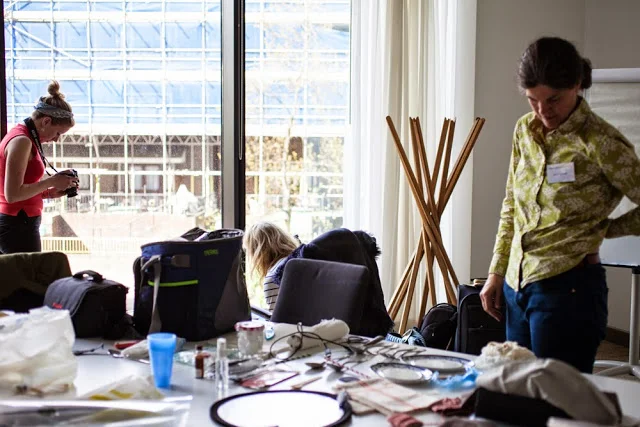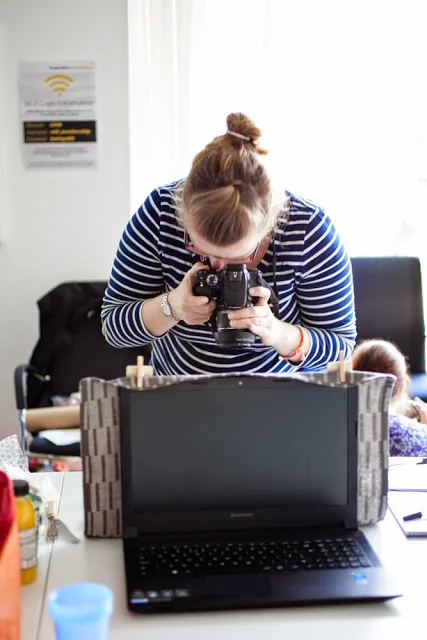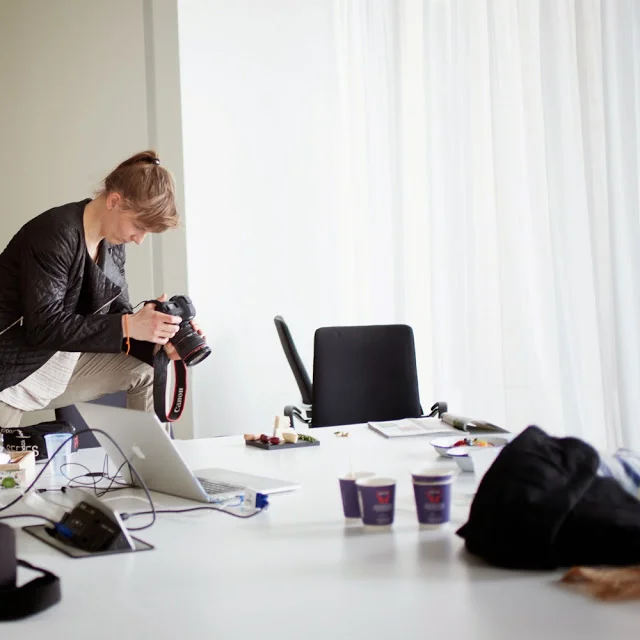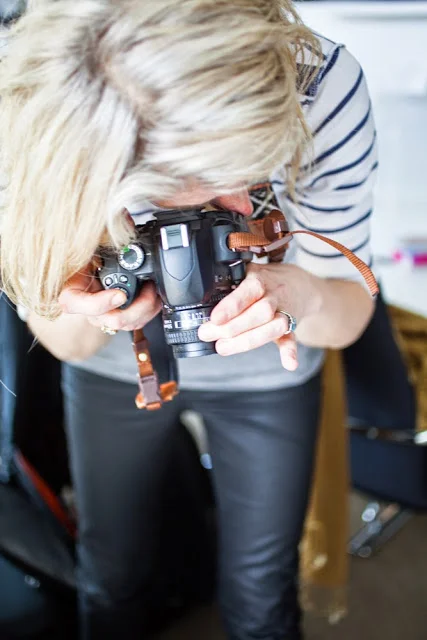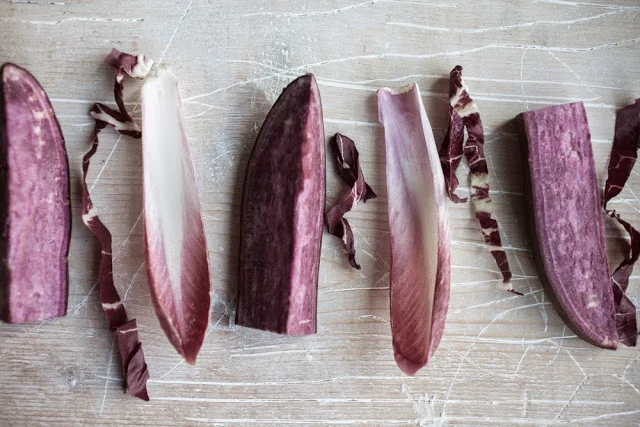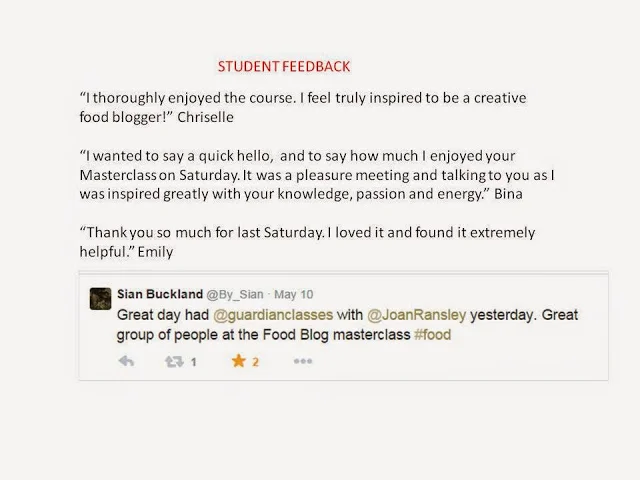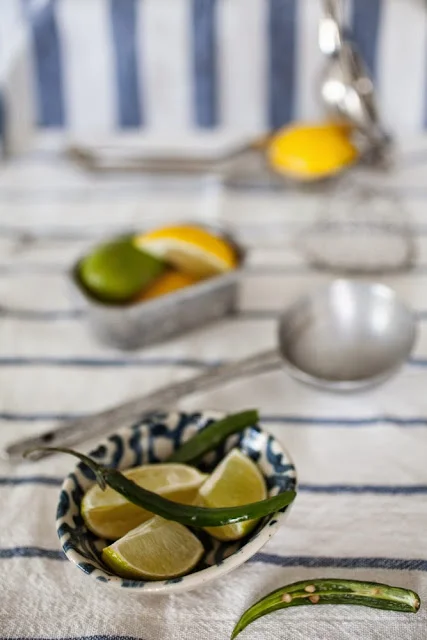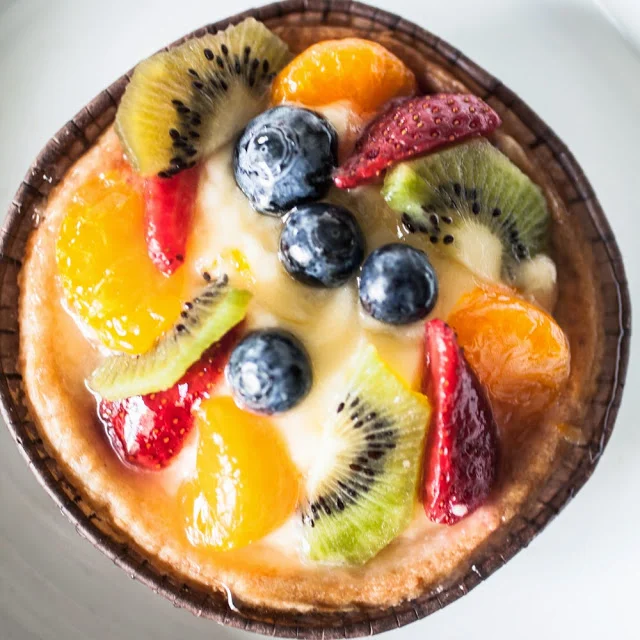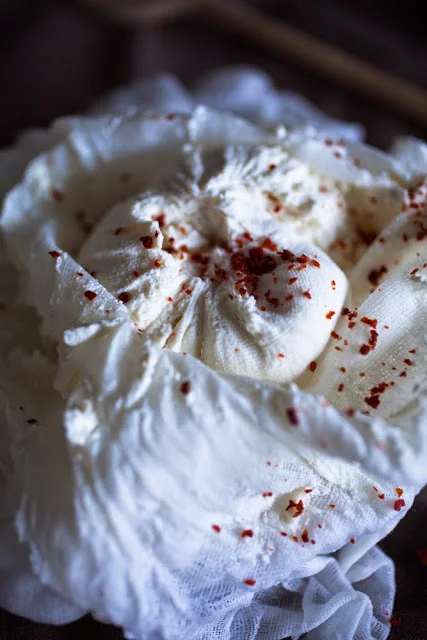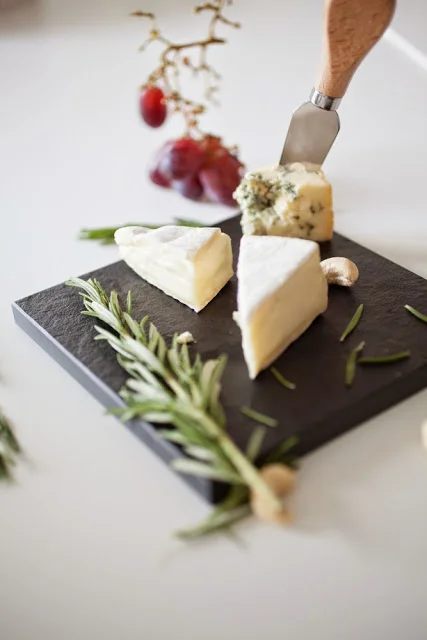I am sitting in room 1.1 at the head office of the Guardian Newspaper, London awaiting 10 students. I know one is called Emily and she has told me she is a journalist and has a young child who has both Type 1 diabetes and coeliac disease. She has come to realise that what is healthy for her son is healthy for her, her other two children and husband. She wants to write a blog about her experience of feeding her family without the stigma that so often follows a child with a medical condition around. She is positive, articulate and fizzing with the challenge of putting her ideas into a blog which she can share with others. She needs some help and guidance.
The other nine students file into the room and assemble quietly and purposefully around the large conference table facing a screen with my first slide projected. I have no idea who these students are but I am keen to know why they are here. So I ask and I am amazed by the answers they give. This group is serious. Interesting and they have some fascinating ideas of what they want to blog about. We are going to have a great day.
There is Olga a Polish, interior architect with a passion for rock climbing and nutrition. Bina a wonderful illustrator who wants to document her Indian grandmother's recipes. Sarah a GP, a good cook also studying for an MSc in nutrition. Rosie who works with autistic children and uses cooking to help them relate to each other. Sian a fine art printer who has decamped to a remote part of Wales to grow food hydroponically and Sara an animal care technician with a passion for colourful sweets.
They all want to write, take photographs and blog about their experience.
I introduce the day and get cracking with delivering my presentation which gives an overview of how to set up a blog and how to make it visually attractive with the use of carefully curated photographs. We talk about story telling, they ask questions and then we get on with taking photographs.
As we work I explore their ideas and I try to move the students step by step toward their goal. I point out things they need to think about. I show them how to take a good photograph. They are fascinated by how I set up my camera. They listen intently and then I set them free to have a go themselves.
To ensure we have a record of the day and something to take home I move round the room, taking photographs which I intend to use on a Pinterest board and upload onto Dropbox for viewing and sharing.
Four o'clock comes around too quickly. Our facilitator Sam who has looked after us all day suggests we need more time and the course should run over two days. She is right. We need more time but the students are happy that they have experienced the excitement, joy and deep satisfaction of taking great pictures, exploring their ideas and working with like minded people.
We exchange email addresses and vow to keep in touch and a week later I have heard from 4 students who wanted to say thank you for the day.
And as I walked away from the building I have a feeling that among the group there will be several people who will make a go of their ideas and create a blog worth reading.
The Guardian Masterclass programme is wonderful. It gives anyone the chance to explore their passion and learn more about how to achieve what they want in the creative areas of writing, photography or business. It is a tad expensive but courses outside of London are expensive too when you factor in travel and accommodation costs.
I was invited to be a tutor for a masterclass on food blogging and photography on the strength of having done so well in last year's Pink Lady Food Photographer of the Year award and the fact I had secured a contract with Pavilion books for Dr Nick Read and myself to turn our blog Cooking for the Sensitive Gut into a book. The co-ordinators at the Guardian also liked the fact I had university level teaching experience and a PhD in Nutrition. The interest for blogging about food and health topics is huge and they want to be part of it.
